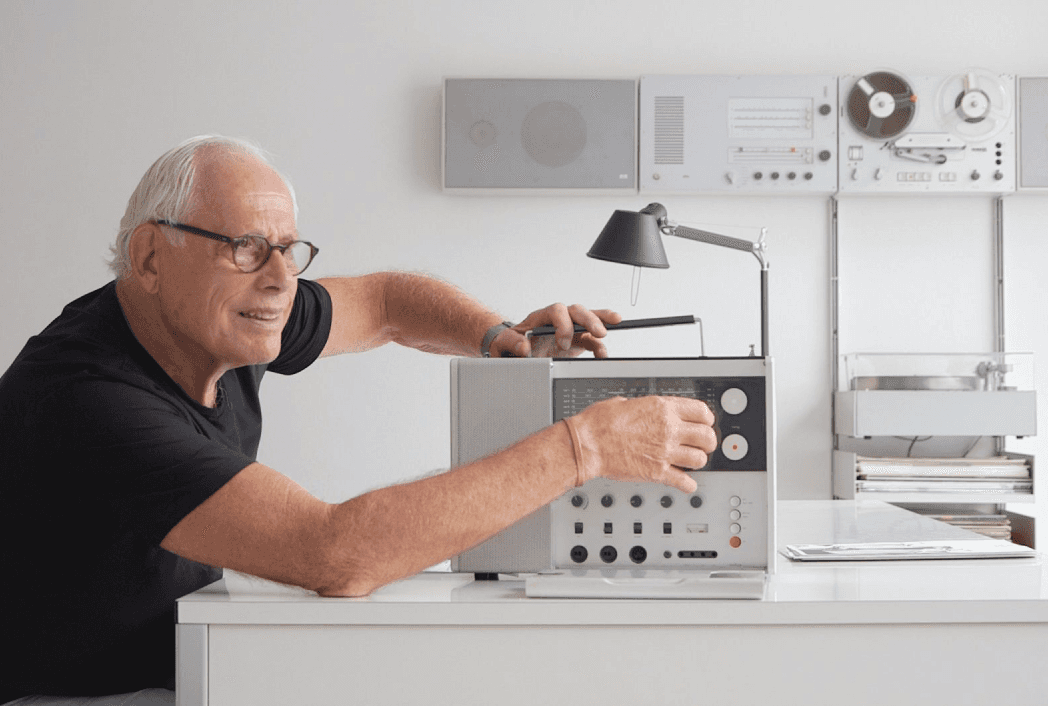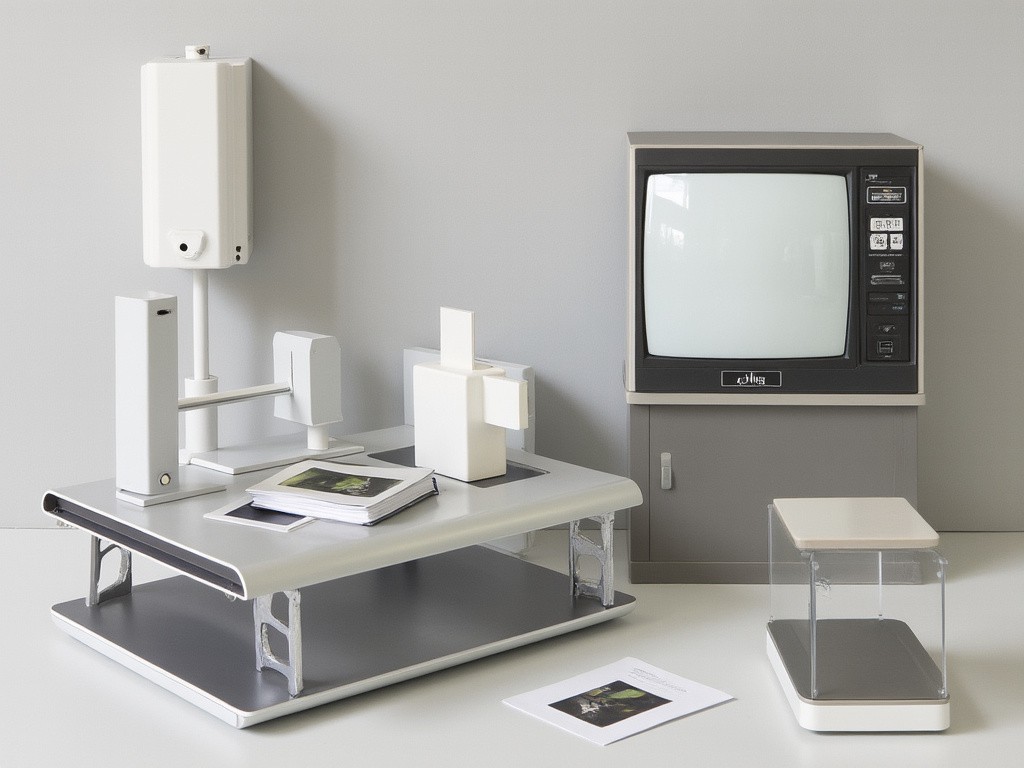Mar 7, 2024
Reassessing Flat Design
A Critical Look Through Dieter Rams’ Principles

In the ever-evolving landscape of digital design, flat design has emerged as a dominant trend, celebrated for its simplicity, clean lines, and minimalistic aesthetic. At first glance, this trend seems to echo Dieter Rams' famous mantra, "Less, but better." However, a deeper dive into the essence of Rams' principles invites a critical reassessment of flat design. Does it truly uphold the tenets of Rams' design philosophy, or is it merely a superficial nod to minimalism? And importantly, is there room for a new design trend that more authentically embodies Rams' vision for the future of design?
The Surface Appeal of Flat Design
Flat design strips away skeuomorphic details, opting instead for simplicity in icons, buttons, and interfaces. This approach aligns with Rams' advocacy for unobtrusive design and his disdain for unnecessary features. Yet, the critical question arises: Does flat design sacrifice functionality and user understanding in its quest for minimalism? Rams emphasized that good design must be useful, understandable, and innovative – qualities that flat design, in its most extreme forms, sometimes overlooks by prioritizing aesthetic simplicity over user needs.
Beyond Aesthetics: The Functionality Dilemma
One of the primary criticisms of flat design is its occasional disregard for intuitiveness and usability. Icons and buttons, devoid of depth and texture, can become ambiguous, challenging users to differentiate clickable elements from static visuals. Rams’ principle that "Good design is usable" seems at odds with design choices that favor form over function, raising questions about the sustainability of flat design as a long-term trend. In this context, flat design's alignment with Rams' principles appears superficial, focusing more on the look rather than the essence of functionality and understandability.
Searching for a Deeper Connection
The pursuit of a design trend that genuinely reflects Rams' principles requires a balance between aesthetic minimalism and functional clarity. The essence of Rams' design philosophy lies not in the elimination of detail for its own sake but in the thoughtful reduction of elements to enhance usability and improve user experience. A design trend that can marry visual simplicity with intuitive navigation and clear user guidance would be better positioned as the true successor to Rams' legacy in the digital era.
Envisioning the Future: What Comes Next?
As we critically assess flat design through the lens of Dieter Rams' principles, it becomes clear that the future of design may lie in a trend that transcends mere aesthetic minimalism. "Neo-minimalism," for example, could emerge as a philosophy that embraces the visual clarity and simplicity of flat design while recommitting to the core Rams principles of functionality, understandability, and sustainability. This new trend would prioritize not only the reduction of visual clutter but also the enhancement of user interaction and the creation of more meaningful digital experiences.
A Closing Reflection
While flat design has brought a refreshing simplicity to the digital world, a critical examination through Dieter Rams' principles reveals its limitations. The essence of Rams' philosophy—balancing aesthetic minimalism with functional clarity—challenges us to look beyond current trends and envision a future where design serves the user in every aspect. As designers, our quest for the next long-term trend should be guided by a deeper commitment to Rams' enduring principles, ensuring that our creations are not only visually appealing but truly better for users in every sense.
More journals

